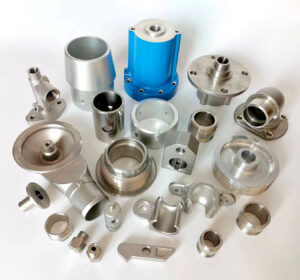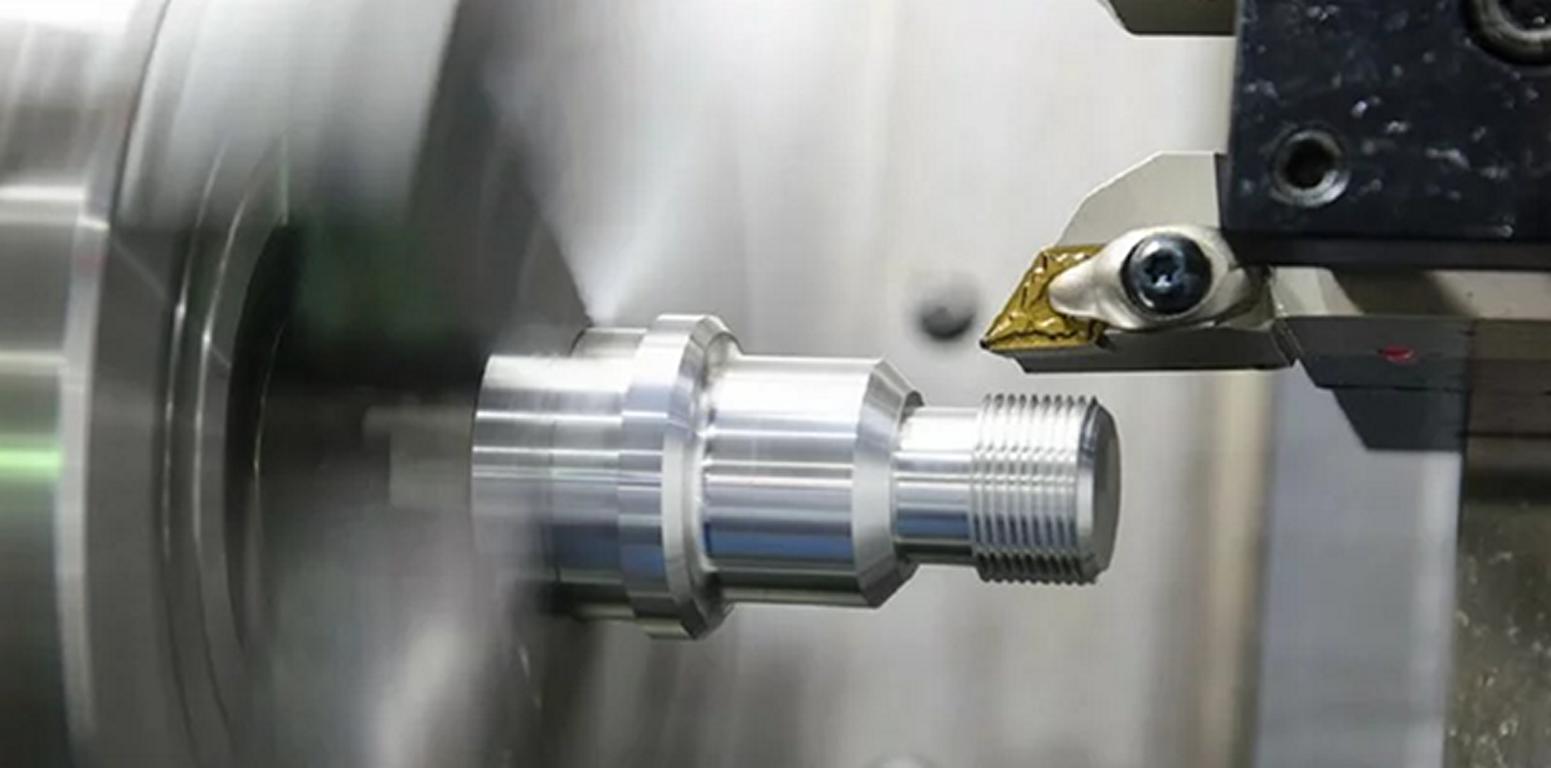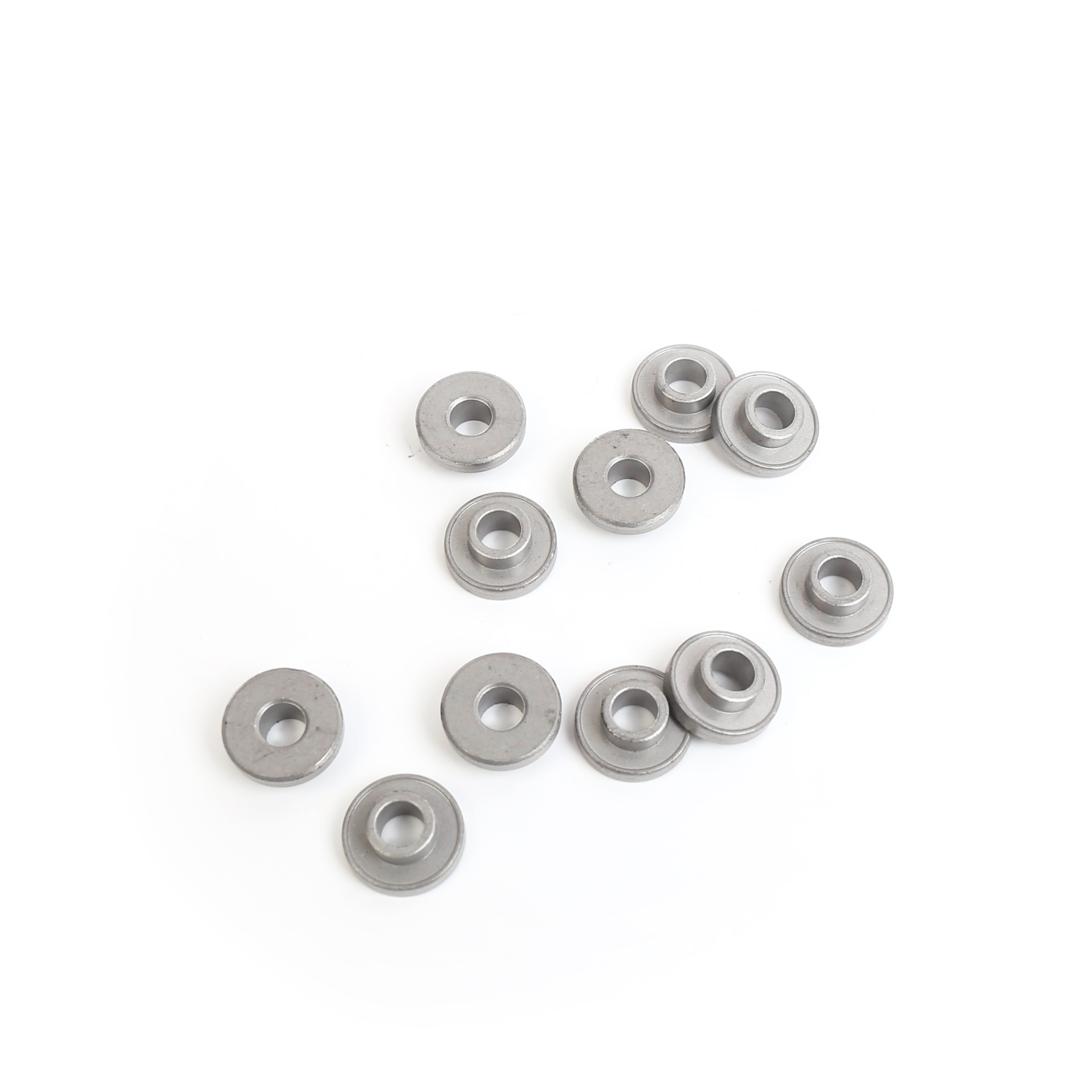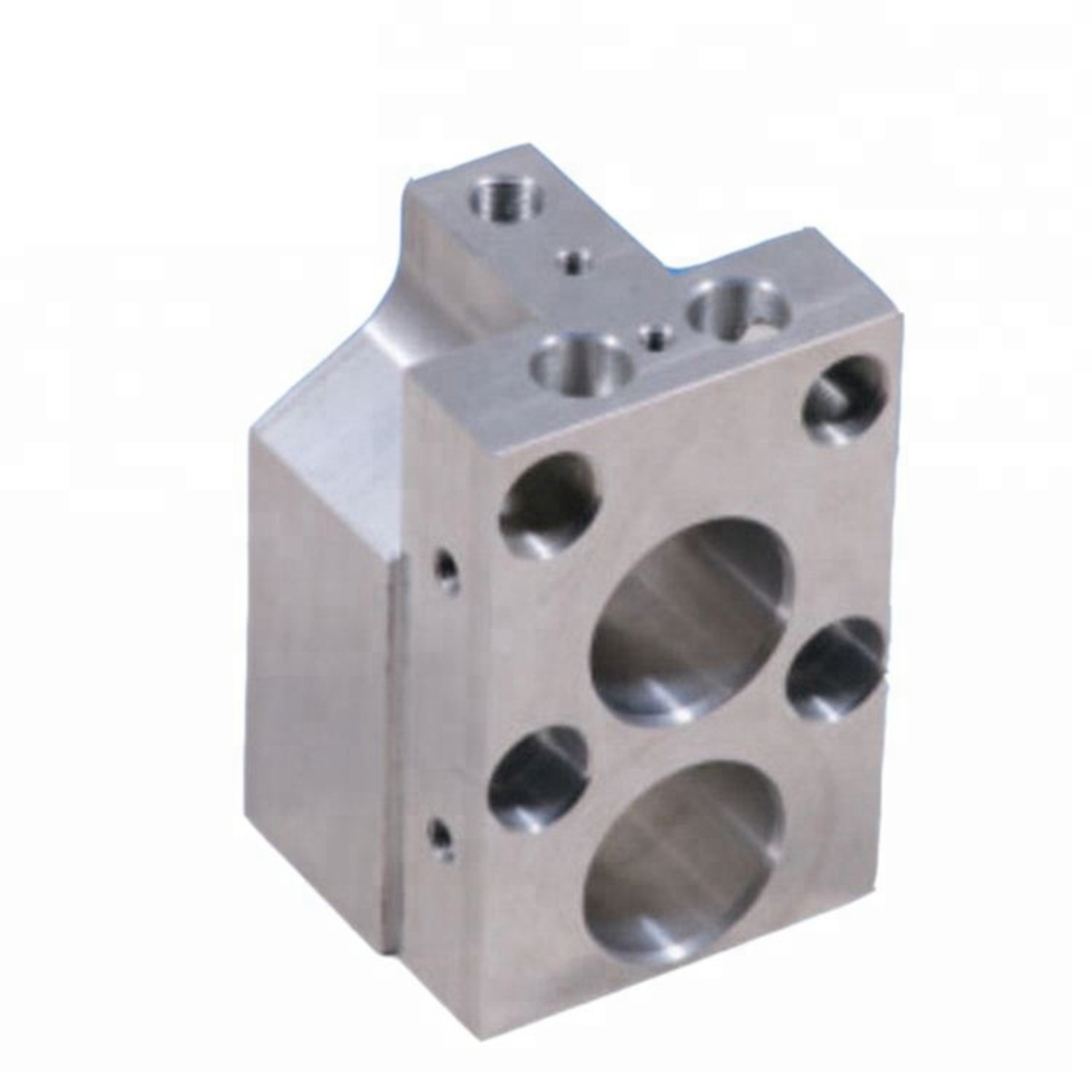
Process:
Hot Dip Galvanizing (HDG): Involves immersing steel in molten zinc (typically at 440–450°C). A metallurgical bond forms, creating zinc-iron alloy layers.
Zinc Plating (Electroplating): Uses an electrical current to deposit zinc ions onto the steel surface from an electrolyte solution, operating at room temperature.
Coating Characteristics:
Thickness: HDG coatings are thicker (50–150 µm) and uneven due to the dipping process. Zinc plating is thinner (5–30 µm) and more uniform.
Appearance: HDG has a rough, matte finish with possible drips; zinc plating is smooth, shiny, and can be passivated for colors (e.g., blue, yellow).
Durability: HDG offers superior corrosion resistance (decades in harsh environments) due to thickness and sacrificial protection. Zinc plating provides moderate protection (years in mild conditions).
Applications:
HDG: Ideal for large, outdoor structures (e.g., bridges, transmission towers, guardrails) exposed to moisture and abrasion.
Zinc Plating: Suits small, precision parts (fasteners, automotive components) requiring aesthetic appeal and minimal corrosion resistance.
Cost & Efficiency:
HDG: Cost-effective for large items but requires high-energy consumption. Initial setup costs are higher, but longevity reduces lifecycle costs.
Zinc Plating: Economical for small batches with lower energy use, though chemical disposal adds environmental costs.
Material Considerations:
HDG: High heat may warp thin materials. Coating adheres better due to alloy layers.
Zinc Plating: Avoids thermal distortion but risks hydrogen embrittlement in high-strength steels, necessitating post-plating baking.
Environmental Impact:
HDG: Higher energy use but minimal chemical waste.
Zinc Plating: Generates chemical byproducts requiring careful disposal.
Lifespan:
HDG: Lasts 20–50+ years in rural/coastal environments.
Zinc Plating: Typically 5–10 years, depending on environment and coating thickness.
Summary: Hot dip galvanizing is preferred for heavy-duty, outdoor applications requiring long-term durability, while zinc plating is chosen for smaller, decorative parts with moderate environmental exposure. The choice hinges on factors like part size, environmental conditions, desired aesthetics, and budget.





